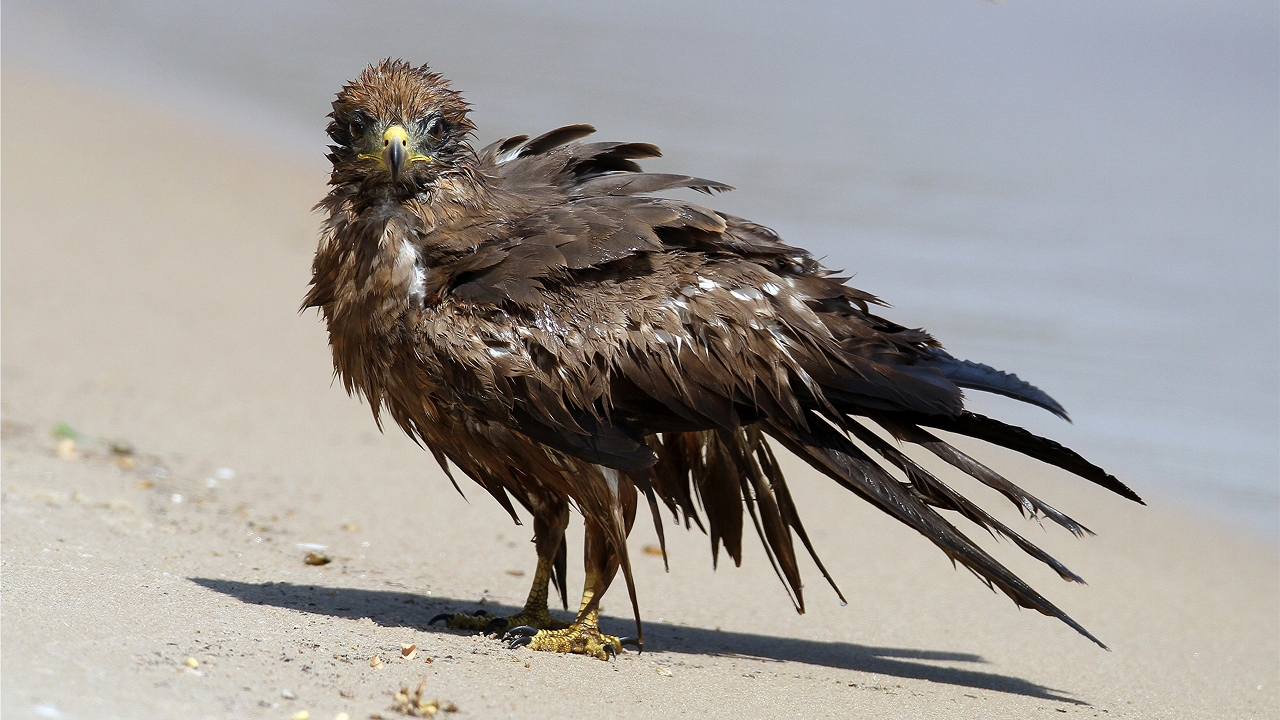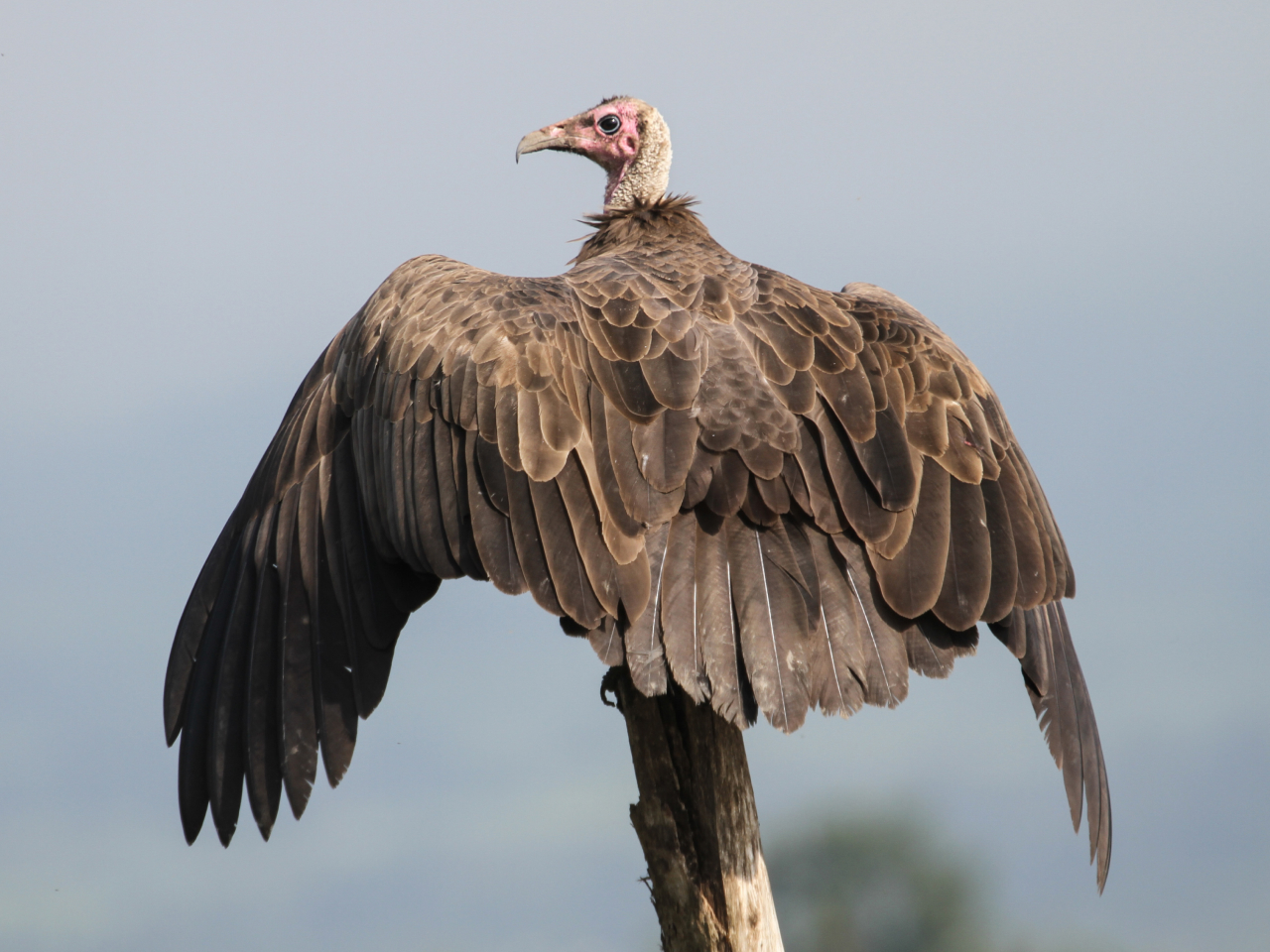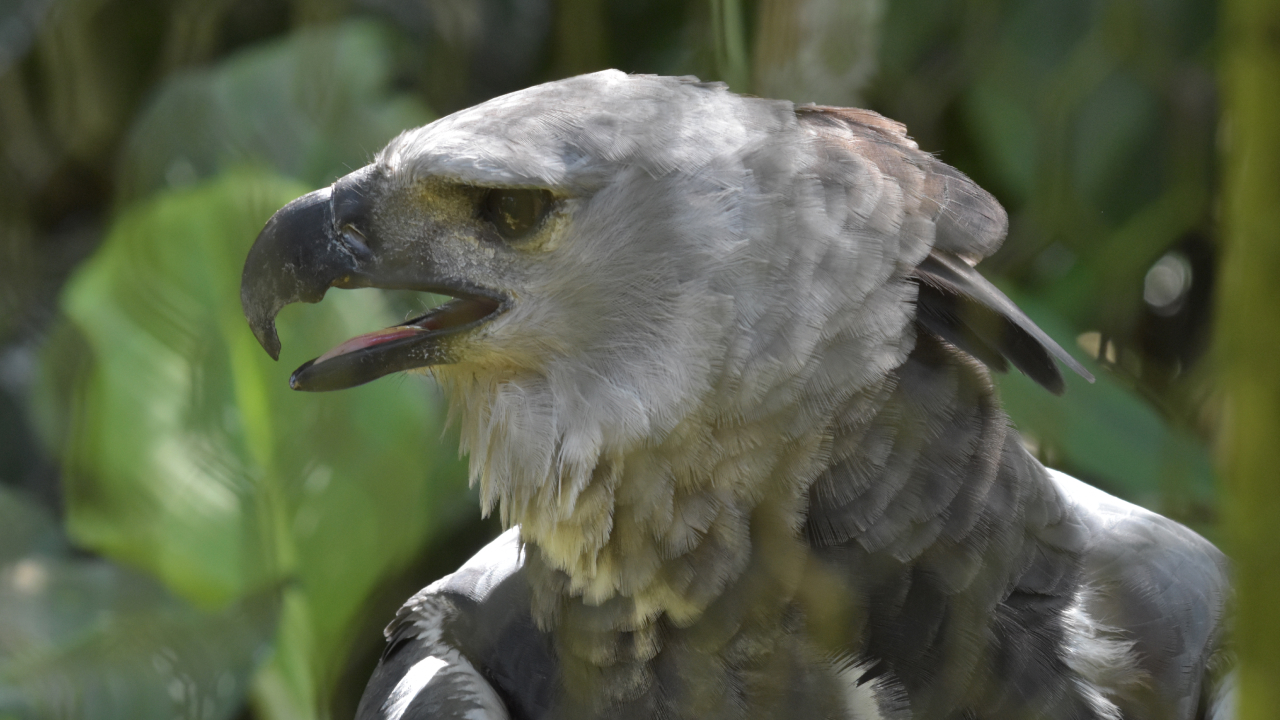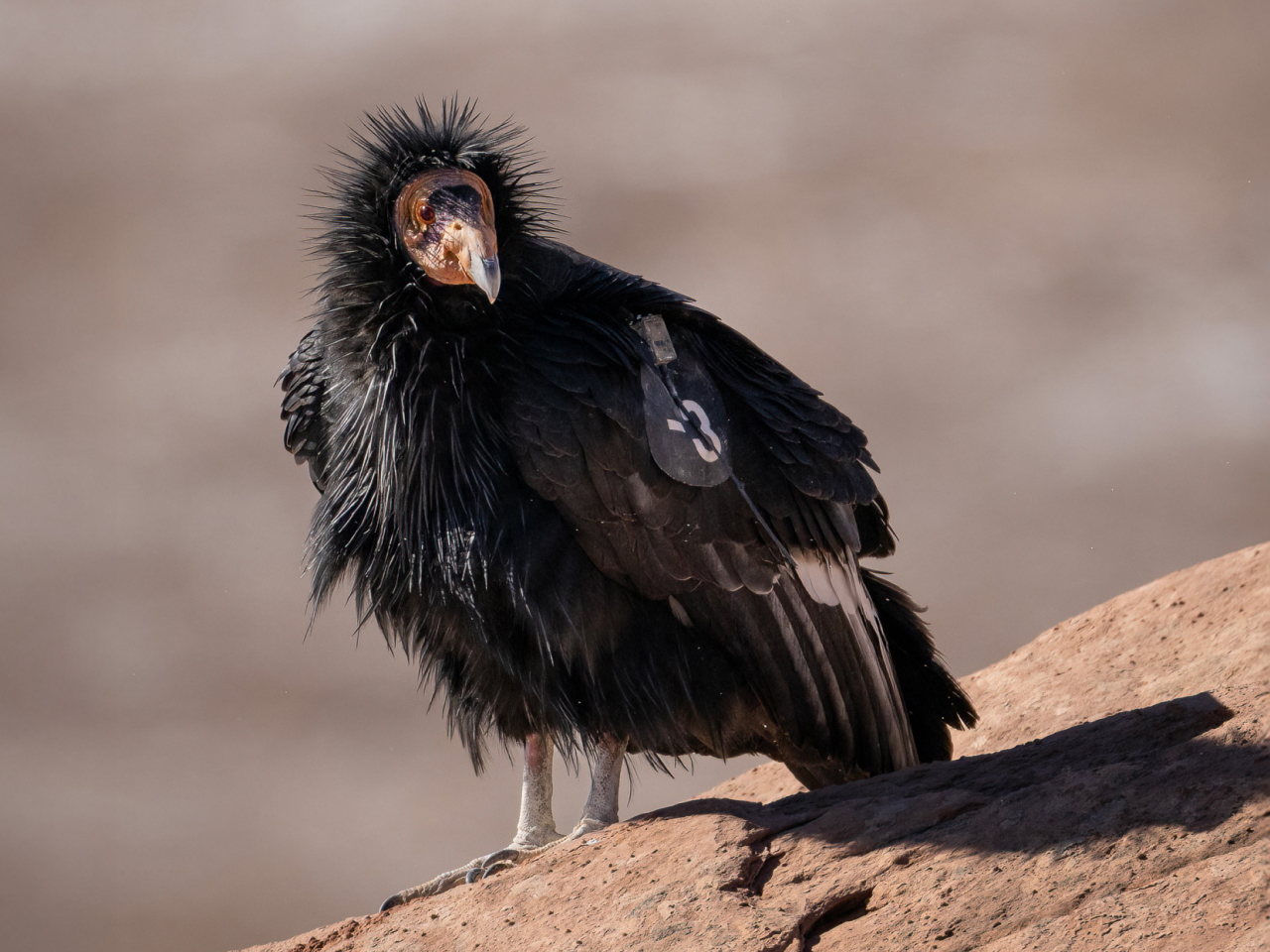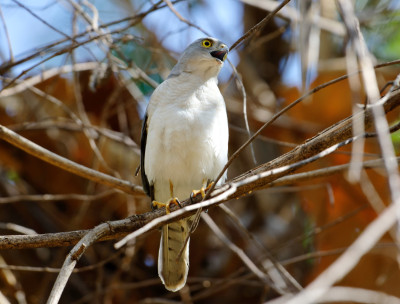
Matthew Danihel
Five Ways Raptors Stay Cool During Sweltering Summer Months
1. Avoiding the Heat
One of the best ways for raptors to keep cool in the summer is to avoid the heat altogether. They do this by hunting in the morning and evening when the temperatures are cooler, while spending the peak heat of the day resting in a cool, shady spot. The Madagascar Red Owl above is waiting out the heat of the day in a shady tree hollow.
2. Taking a Dip
There’s nothing more relieving than taking a cool dip in a pool on a hot summer day. And it looks like raptors may agree! They can be found using sprinklers, pools, ponds, bird baths, and other water bodies to cool off. Some will take a quick bath, sitting with wings and feathers puffed out to increase evaporative cooling. Others will take their time standing in ankle-deep water, letting the heat flow from their feet into the cool water. The bedraggled-looking Black Kite above has just finished with a refreshing dip!
3. Channeling Heat to Bare Skin
Raptors’ dense feathers are great for waterproofing and keeping warm in the winter, but in the summer, those feathers can trap heat. One way raptors get around this is by flushing heat to their beak, legs, and apteria (featherless patches). Raptors will even hold their wings out from their bodies to allow the heat to be released from under their wings, like the Hooded Vulture above.
4. Panting & Gular Fluttering
Just like panting dogs will release heat through repetitive, shallow breaths, some raptors will use “gular fluttering,” where they rapidly move their throat muscles to cycle hot air out of their mouth. The Harpy Eagle above is breathing with its mouth open to release heat.
5. Urohidrosis (aka pooping on legs)
When birds defecate, they release feces and urine, leading to a liquid texture. Vultures use this liquid excretion to coat their legs, helping dissipate heat from their bodies through evaporative cooling. Sounds pretty gross, but it works for them! This is also one reason why California Condors like the one above have wing tags for identification instead of leg bands (like most birds). The bands would become crusted with feces, causing irritation.

